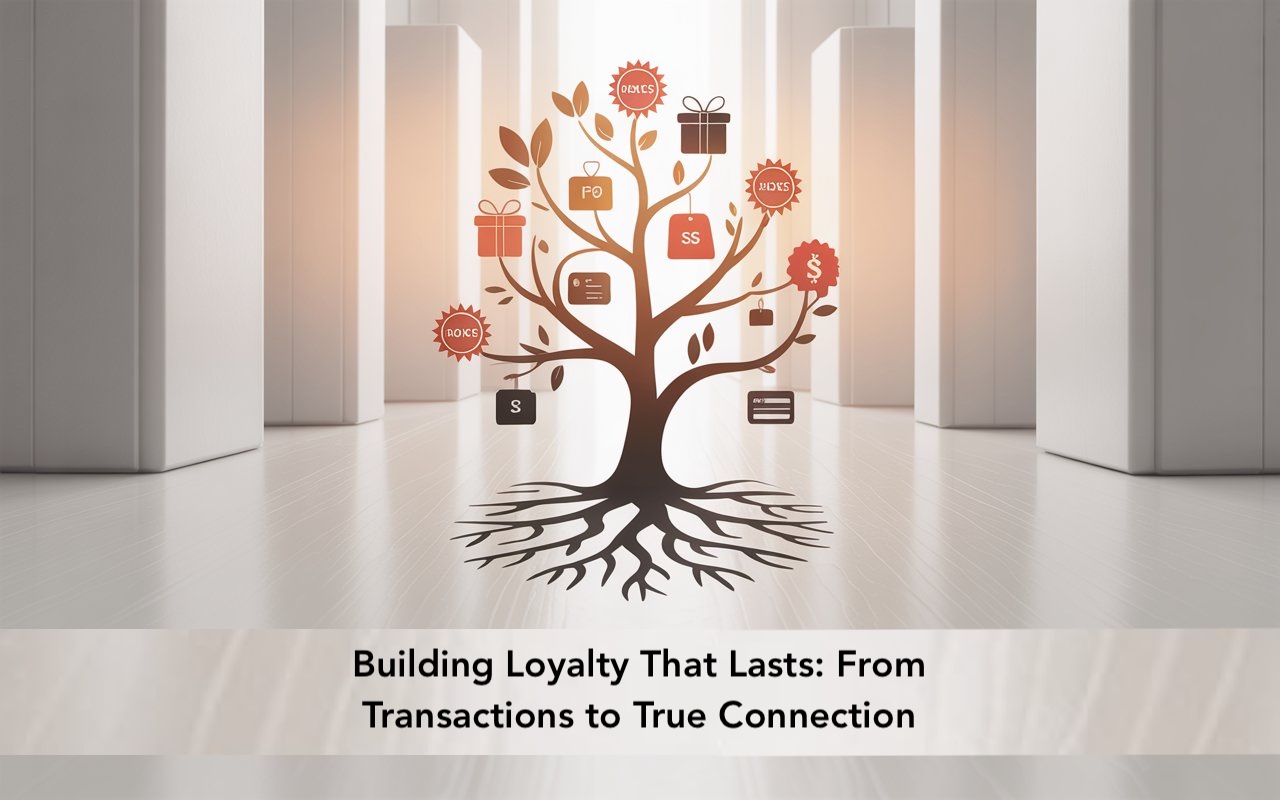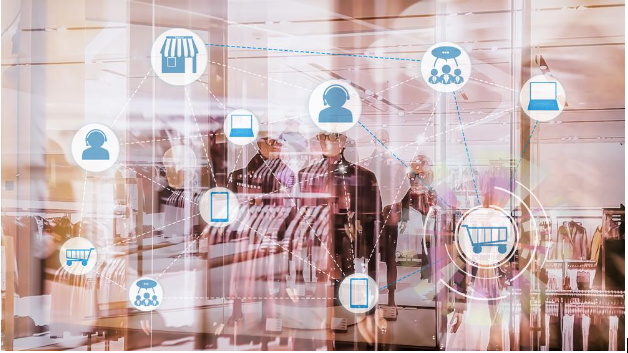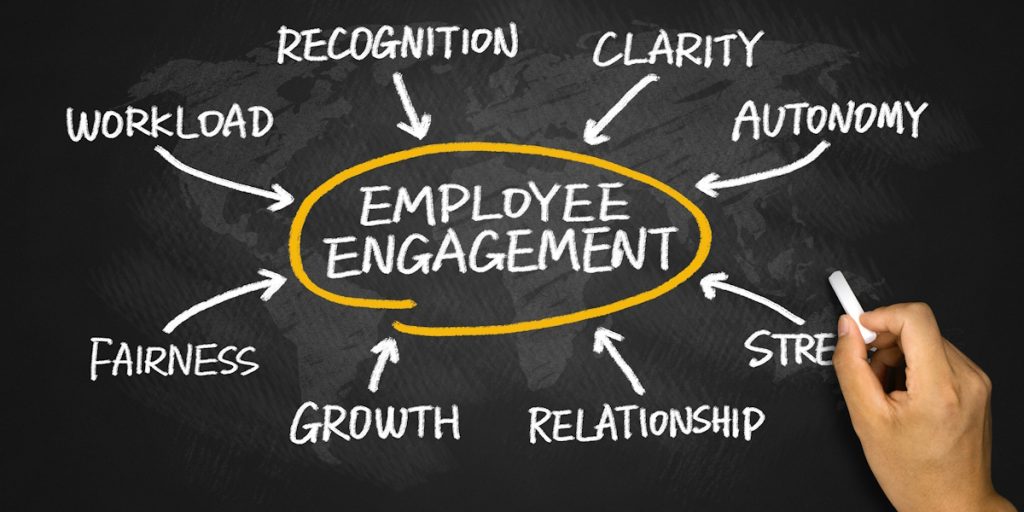Customer loyalty programs have become a common strategy for businesses aiming to retain clients and increase repeat engagement. But not all loyalty programs are built the same. Some reward customers simply for spending money, while others focus on encouraging specific behaviors—like referring to a friend, leaving a review, or completing a profile. These two approaches—transactional incentives and behavioral incentives—are often used interchangeably, but they work in very different ways.
Understanding what truly drives loyalty is more important than ever. Companies are realizing that short-term purchases don’t always lead to long-term commitment. A customer may redeem rewards without feeling a strong connection to your brand. That’s where the difference between incentivizing actions and incentivizing purchases becomes clear.
Understanding the Two Loyalty Models
What Are Transactional Incentives?
Transactional incentives are based on spending. When a customer makes a purchase, they earn points, discounts, or cash-back rewards. This model is easy to understand and implement. But while it can encourage repeat transactions, it doesn’t always build emotional loyalty or deeper engagement.
For example, a customer may continue shopping with you because of a discount, not because they feel a connection with your brand. This type of loyalty is shallow and often vanishes the moment a competitor offers a better deal.
How Behavioral Incentives Work
Behavioral incentives reward customers for doing things that show deeper engagement with your business. These can include writing a review, referring a friend, attending a webinar, or filling out a survey. These actions reflect a higher level of interest and involvement.
By focusing on behavior rather than just transactions, companies can strengthen relationships and improve the customer relations strategy they rely on. These incentives build trust and create a sense of community, which are both essential for long-term loyalty.
Why Behavioral Incentives Often Lead to Deeper Loyalty
Emotional Loyalty vs. Transactional Loyalty
Transactional loyalty is built on deals. Emotional loyalty, on the other hand, is built on experiences and connection. When customers feel appreciated beyond the purchases they make, they are more likely to stick around. Emotional loyalty can withstand price changes, delays, or mistakes—because the relationship has value beyond money.
A well-designed customer loyalty program that focuses on behaviors can tap into this emotional loyalty. Instead of just counting sales, you start measuring the strength of the relationship.
Building Long-Term Value
One of the challenges with transactional incentives is that they can become expensive and lose effectiveness over time. You may find yourself giving more and getting less. But behavioral incentives often cost less and offer more. A review or referral can bring lasting value without the ongoing cost of deep discounts.
These small actions signal that the customer trusts your brand enough to recommend it or engage with it more fully. This type of loyalty contributes to a more stable customer base and higher lifetime value.
Making the Shift: From Transactions to Engagement
Focus on Meaningful Rewards
The rewards you offer should align with your customers’ values. People are more likely to engage in behaviors that feel rewarding in a personal or professional sense. This is especially true in B2B, where the buyer is often motivated by both individual and organizational goals.
If you’re unsure where to begin, look at this guide on Customer Incentives. It highlights how the right rewards—those that go beyond discounts—can make a big difference in customer engagement.
Use Data to Guide Incentive Strategy
Start by tracking which behaviors matter most to your business. Do referrals bring in higher-quality clients? Are engaged users less likely to churn? Use this information to shape your incentives. Behavioral data helps fine-tune your customer loyalty programs so you reward actions that truly impact growth.
Technology makes this easier. CRM tools and loyalty platforms can track behavioral patterns and allow for dynamic reward structures. This way, the program grows with your customer base.
Final Thoughts: Loyalty Is Earned, Not Bought
Loyalty that depends only on pricing and promotions is fragile. A better offer can easily sway customers. But when a brand earns loyalty through trust, value, and meaningful engagement, it becomes part of the customer’s routine and decision-making process.
If your goal is long-term retention, it’s time to rethink how you reward your customers. Consider transitioning from a model that chases transactions to one that builds relationships through thoughtful, behavior-based rewards. This change doesn’t just benefit your customers—it strengthens your business from the inside out.
If you’re working in the B2B space and want to see how this applies directly to your industry, check out this article on the Benefits of B2B Customer Loyalty Programs.
Are You Rewarding the Right Behaviors—or Just Transactions?




